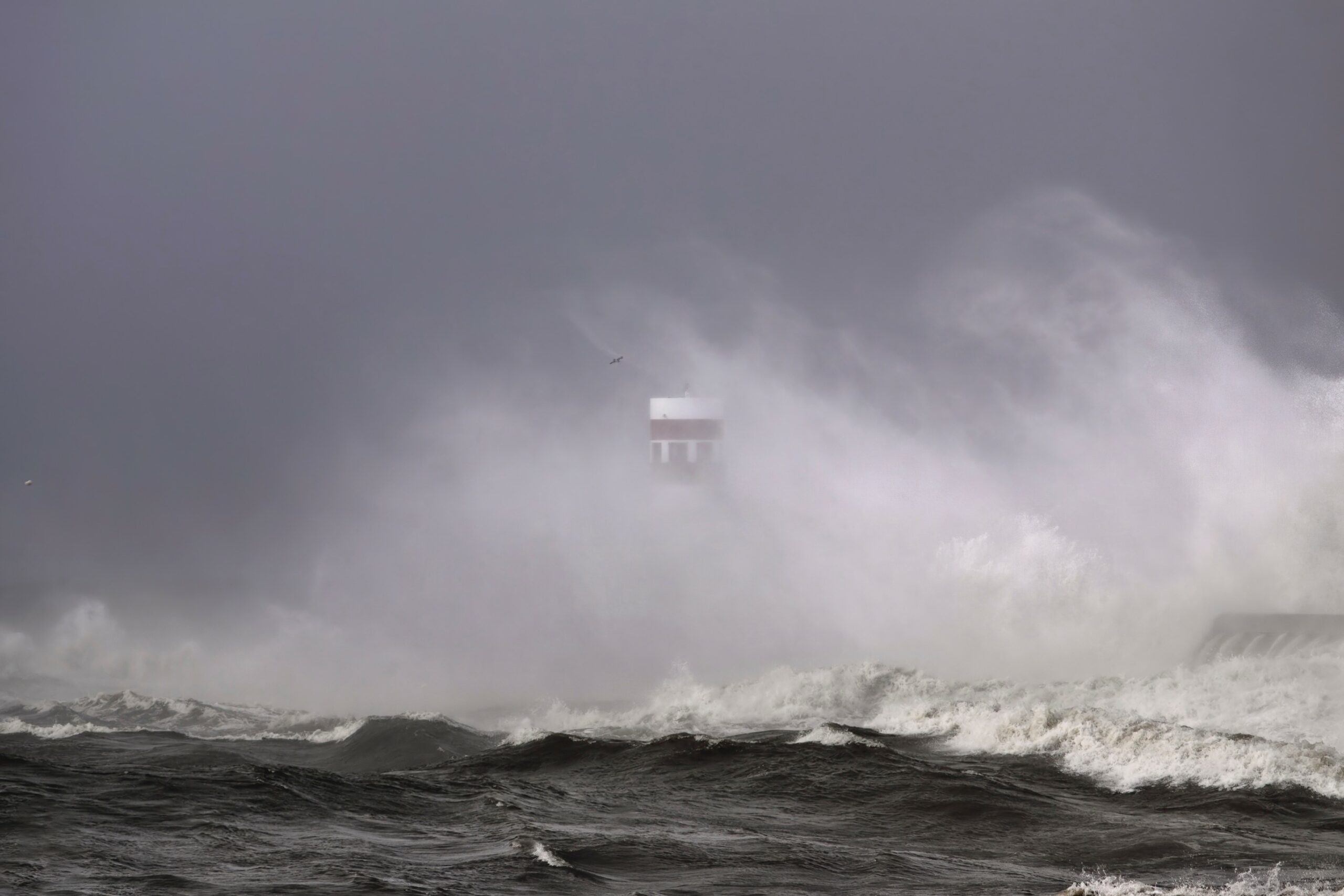
Heavy Rain, Flooding, and Chance of Severe Weather Staring Down the Southern U.S.
January 22, 2024
Posted: September 8, 2023 1:31 pm





Hurricane Lee is now a major Category 5 storm, inching closer to the Caribbean with a track that could take it close to the U.S. Here is the latest on this explosive storm and where it may be headed in the next few days.
Hurricane Lee reached the designation of a Category 5 storm early Friday morning, only 24 hours after it was spinning around the Atlantic as a mere Category 1 tropical weather feature. The massive storm is expected to take a long trip across the Atlantic Ocean in the coming days, potentially bringing impacts to the Caribbean, the U.S., and Atlantic Canada.
Lee first came to life as a tropical storm on Tuesday. After undergoing the process of rapid intensification, the storm is now distinguished as the strongest hurricane of the Atlantic basin thus far this year. Hurricane Lee joins Hurricane Jova in the East Pacific as the second Category 5 storm in the 2023 season for the Western Hemisphere.
The Atlantic basin has seen two other major hurricanes this year. A major hurricane is defined by the National Hurricane Center (NHC) as a Category 3 storm or higher. Both hurricanes Franklin and Idalia hit the status of a Category 4 storm with winds measuring between 130 and 156 mph.
Lee is forecast to keep its immense power for days as it continues to travel through the exceptionally warm ocean waters in this part of the Atlantic. This projected path will take it into the northeastern corner of the Caribbean as it moves to the west and northwest through the weekend.
The most likely islands to see impacts from Lee include Antigua, Barbuda, and Anguilla. The British and U.S. Virgin Islands may also experience some rain and wind from the outer bands of Lee. You can expect the winds to begin to pick up in this region beginning late Friday and hanging on until Monday. Gusty thunderstorm development is also in the cards for the areas to the south of Lee’s path.
Rainfall amounts of between 1 and 2 inches are in the forecast for the northern Leeward Islands. This rain will begin to fall late Friday and will last for about 48 hours. This group of islands is projected to see wind gusts between 40 and 60 mph with the eyewall remaining to the northeast of any populated areas of the Caribbean.

While the Caribbean will likely be spared the worst of Lee’s impacts, what about the U.S. and Atlantic Canada? The forecast models are still too far out to determine with accuracy if the U.S. will take a direct hit or if the storm will remain well out to sea. At the very least, the Eastern Seaboard should anticipate rough seas and potentially dangerous rip currents as a result of Lee.
When Lee takes its expected turn to the north will largely determine what type of impacts the U.S. will experience by the middle of next week. This turn will be influenced by steering winds circulating over the storm and the expected dip in the jet stream. At this point in the forecasting, it does not appear as if Florida, Georgia, or the Carolinas will see any significant impacts from Lee. However, locations to the north could see a greater degree of impacts from this storm due to the anticipated trajectory.
A more southerly dip in the jet stream would result in Lee drifting closer to the U.S. coastline. The likely timing of this would be in the middle of next week. The good news is that Lee is forecast to begin to lose strength as it moves to the north and encounters cooler ocean waters.
That said, those residents along the East Coast should continue to keep a close watch on this developing storm. Now is the time to put together a hurricane preparedness kit if you have not already.
Lee is not the only named storm roaming the Atlantic basin this week. Tropical Depression Fourteen developed off of the west coast of Africa on Thursday, growing into a named tropical storm just hours later.
Tropical Storm Margot is forecast to become a hurricane in the next few days. However, the storm is not likely to be a threat to any major land masses once it moves past the Cabo Verde Islands.
Did you find this content useful? Feel free to bookmark or to post to your timeline for reference later.

January 21, 2024

January 19, 2024

January 18, 2024